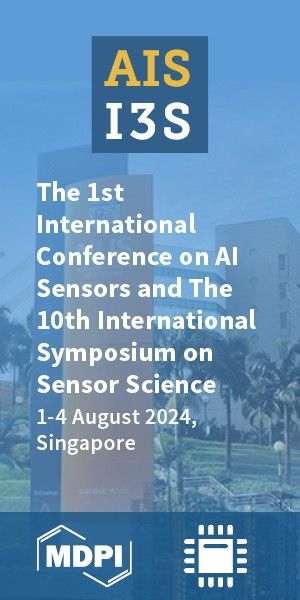Article
Version 1
Preserved in Portico This version is not peer-reviewed
PAMPAS: A PsychoAcoustical Method for the Perceptual Analysis of Multidimensional Sonification
Version 1
: Received: 11 May 2022 / Approved: 12 May 2022 / Online: 12 May 2022 (09:50:51 CEST)
A peer-reviewed article of this Preprint also exists.
Ziemer, T., & Schultheis, H. (2022). PAMPAS: A PsychoAcoustical Method for the Perceptual Analysis of multidimensional Sonification. Frontiers in Neuroscience, 16, 930944. Ziemer, T., & Schultheis, H. (2022). PAMPAS: A PsychoAcoustical Method for the Perceptual Analysis of multidimensional Sonification. Frontiers in Neuroscience, 16, 930944.
Abstract
The sonification of data to communicate information to a user is a relatively new approach that established itself around the 1990s. To date many researchers design their individual sonification from scratch. There are no standards in sonification design and evaluation. But researchers and practitioners have formulated several requirements and established several methods. There is wide consensus that psychoaocustics could play an important role in the sonification design and evaluation phase. But this requires an adaption of psychoacoustic methods to the signal types and the requirements of sonification. In this method paper we present PAMPAS, a PsychoAcoustical Method for the Perceptual Analysis of multidimensional Sonification. A well-defined and well-established, efficient, reliable and replicable Just Noticeable Difference experiment using the Maximum Likelihood Procedure serves as the basis to achieve linearity of parameter mapping during the sonification design stage and to identify and quantify perceptual effects during the sonification evaluation stage, namely the perceptual resolution, hysteresis effects and perceptual interferences. The experiment results are universal scores from a standardized data space and a standardized procedure. These scores can serve to compare multiple sonification designs of a single researcher, or even between different research groups. The method can supplement other sonification design and evaluation methods from a perceptual viewpoint.
Keywords
sonification evaluation; psychoacoustics; just noticeable difference; difference limen; discrimination threshold; comparison of sonification designs; maximum likelihood procedure; auditory display
Subject
Physical Sciences, Acoustics
Copyright: This is an open access article distributed under the Creative Commons Attribution License which permits unrestricted use, distribution, and reproduction in any medium, provided the original work is properly cited.
Comments (0)
We encourage comments and feedback from a broad range of readers. See criteria for comments and our Diversity statement.
Leave a public commentSend a private comment to the author(s)
* All users must log in before leaving a comment








